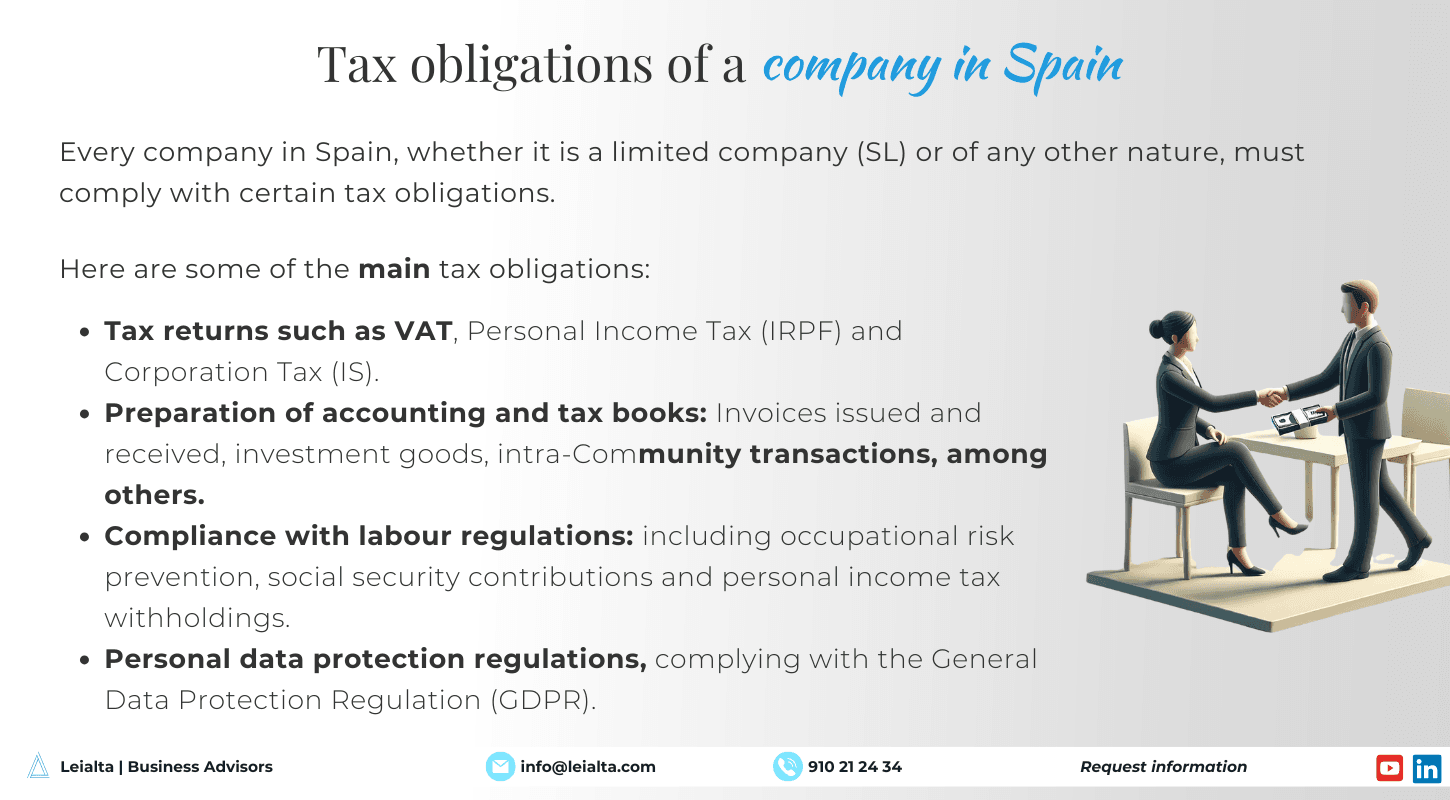According to data from the Ministry of Labor, between January and February 2024 there were 97,049 occupational accidents with sick leave and 83,406 without sick leave. This represents an increase of 5.2% in accidents with sick leave and 1.2% in those without sick leave, compared to the same period of the previous year.
In this context, occupational health and safety policy is a fundamental tool for guaranteeing the well-being of workers and compliance with current legislation in Spain. In this article we are going to analyze the content that a company’s occupational health and safety policy should contain.
What is an occupational health and safety policy?
Index of contents
It is a document that establishes the principles, objectives and actions that a company will implement to prevent occupational accidents, occupational diseases and improve working conditions.
The document must be adapted to the regulations in force and to the particularities of each sector, since the risks are not the same in one activity as in another.
Essential elements of occupational health and safety policy
The content of this policy is the responsibility of the company’s management, but it is usual to delegate the task to teams of experts in the field.
The most important points of the occupational health and safety document are the following:
Statement of Management Commitment
This is one of the most important points and refers to the declaration by the company’s top management of its commitment to comply with all agreements, contractual obligations and standards relating to the safety and health of employees. In other words, the company’s management commits itself to fulfill its obligations.
Risk assessment
This is a mandatory and necessary process for identifying hazards in the work environment and taking the corresponding preventive measures. The policy should detail how this assessment will be carried out, what methods will be used and who will be responsible for overseeing the process.
Preventive measures
Depending on the risks identified, a series of preventive measures are developed and implemented to mitigate those risks.
The measures must be specific to each type of hazard and be aimed at reducing the likelihood of occupational accidents as much as possible.
Training
Workers must receive training on how to identify risks, how to use personal protective equipment and how to act in emergency situations.
Personal protective equipment (PPE)
The policy should detail the personal protective equipment (PPE) required for each job and how it should be used.
The processes for acquiring, maintaining and replacing this equipment must be described, as well as the workers’ responsibility for its correct use.
Emergency plan
The policy must include an emergency plan that describes the procedures to be followed in the event of fire, serious accidents, or any other situation that puts workers’ safety at risk.
The plan should be updated periodically and drills should be conducted so that all employees are prepared.
Monitoring and continuous improvement
The occupational health and safety policy is a dynamic document that must be adapted at all times, so it is essential that it is monitored and risks are evaluated periodically to verify that the plan is fulfilling its function or that changes need to be made.
What is the Spanish Strategy for Safety and Health at Work?
It is a reference framework that guides preventive policies in companies. In 2023 the first Action Plan for the implementation of the strategy was approved and has several objectives:
- Improvement of the prevention of occupational diseases and accidents at work.
- Management of changes in new forms of work organization.
- Improving health and safety in SMEs.
- Reinforcement of the protection of workers in situations of greater risk or vulnerability.
- Introduction of the gender perspective in occupational safety and health.
- Strengthening of the National Occupational Safety and Health System.
Tips for implementing an occupational safety and health policy
In order for the implementation of the occupational health and safety plan to be carried out properly, it is essential to take the following measures:
- Involve all levels of the organization: both top management and workers (who know best the risks they assume at work), must be committed to occupational safety and health.
- Update the policy: working conditions and risks can change over time, so it is important to review and update the policy to adapt it.
- Conduct internal and external audits: these are useful for assessing compliance with the policy and identifying areas for improvement.
In short, the occupational health and safety policy is an essential element for any company wishing to ensure the well-being of its employees and comply with current regulations. If you need help in drawing up the document, do not hesitate to contact the labor consulting experts at LEIALTA to assess the situation and carry out all the necessary procedures.





